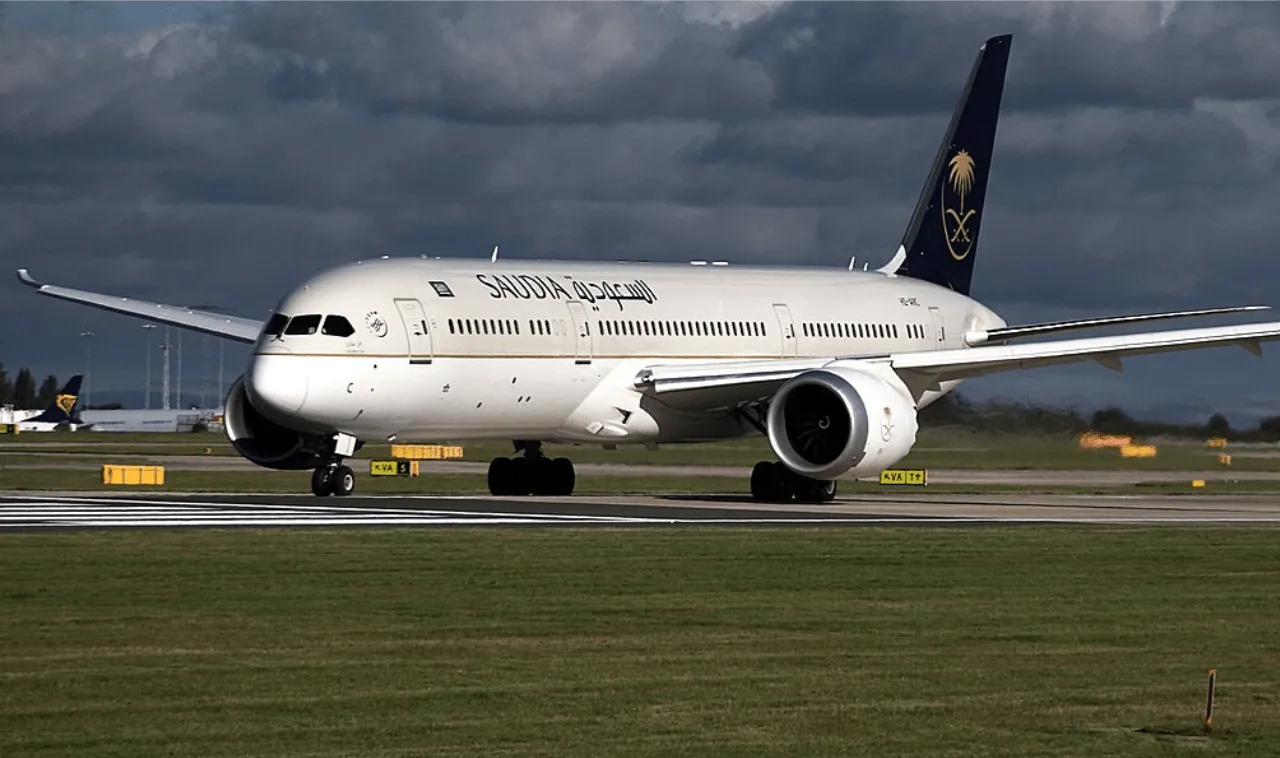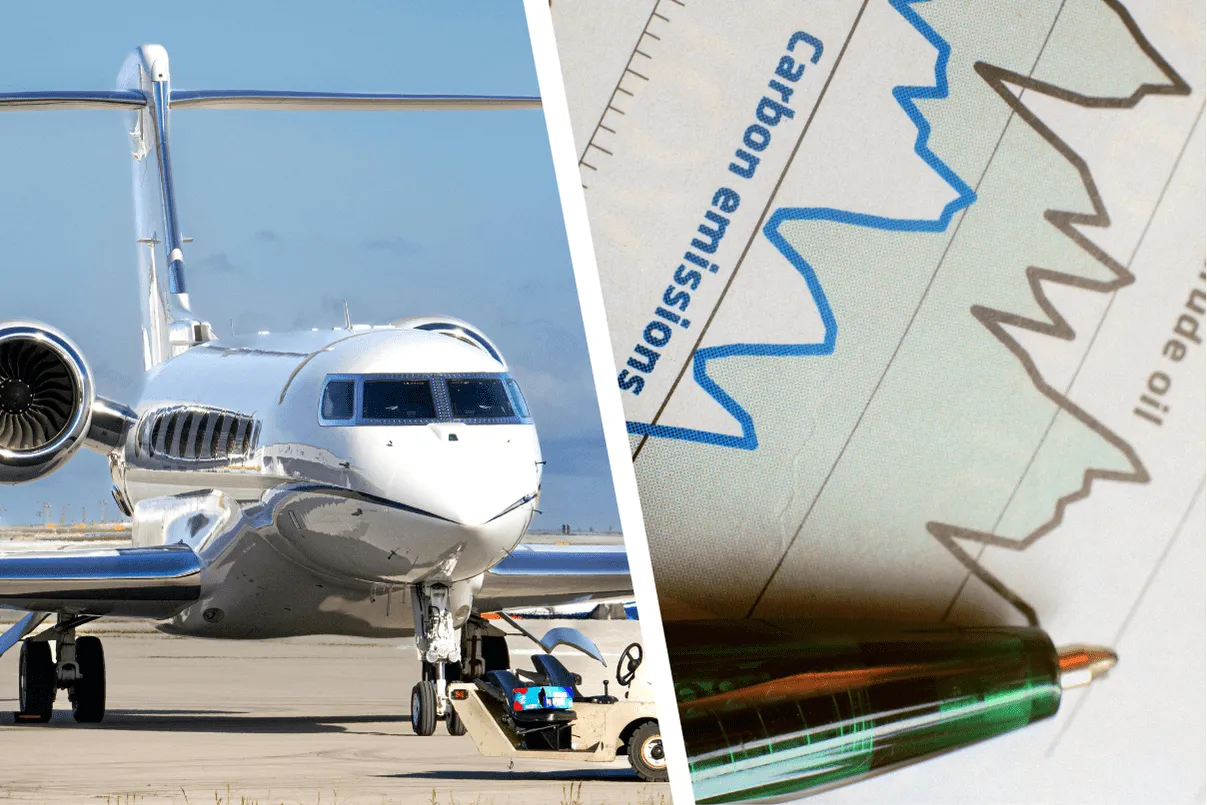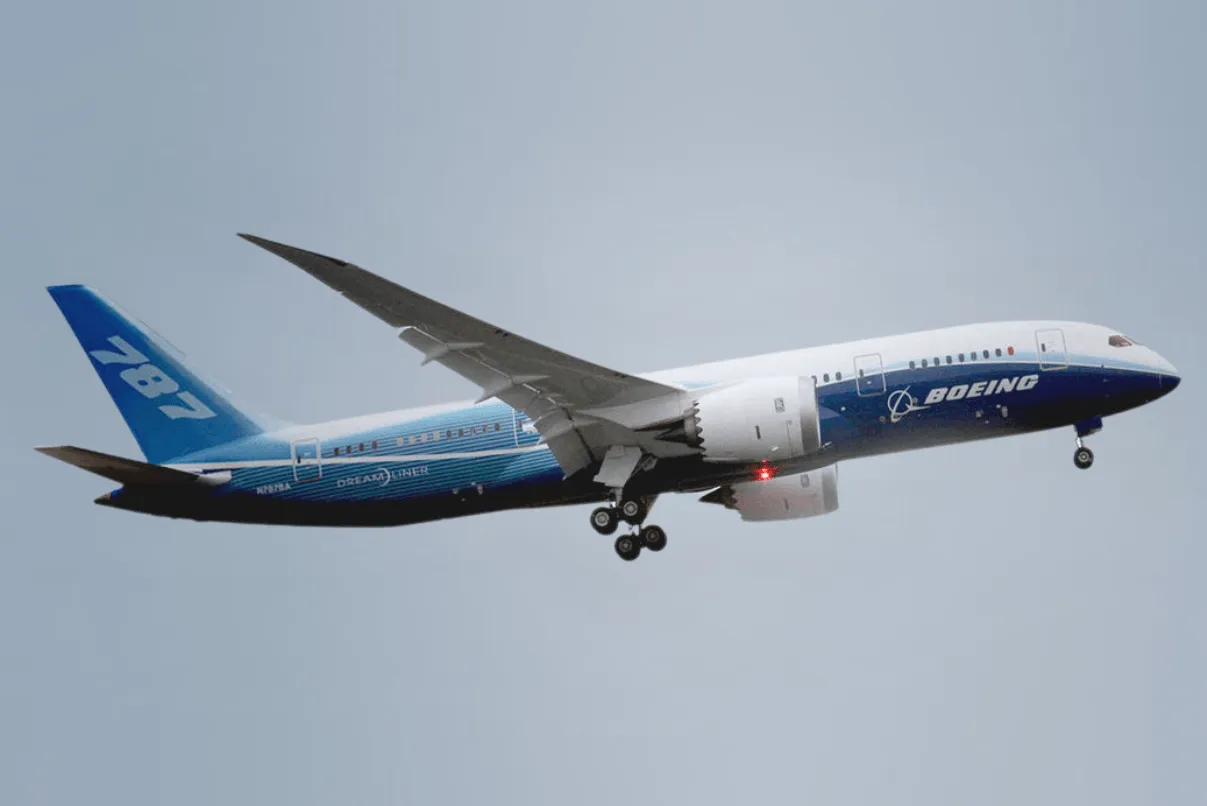Aviation News
Philippine’s Manila’s Ninoy Aquino International Airport (NAIA) to Relocate Turboprop Operations Due to Congestion
- PUBLISHED ON
- Philippine's Manila’s Ninoy Aquino International Airport (NAIA) will transfer all turboprop flights to Sangley Point International Airport (SPIA) to alleviate congestion and optimize runway capacity for larger jet aircraft.
- Turboprops, which are slower and less efficient for high-traffic hubs, will benefit from a dedicated facility at SPIA, allowing NAIA to reduce delays and focus on larger domestic and international routes.
- SPIA will enhance regional connectivity for turboprop flights, while the government strengthens transportation links between Manila and Sangley Point to maintain passenger convenience.s
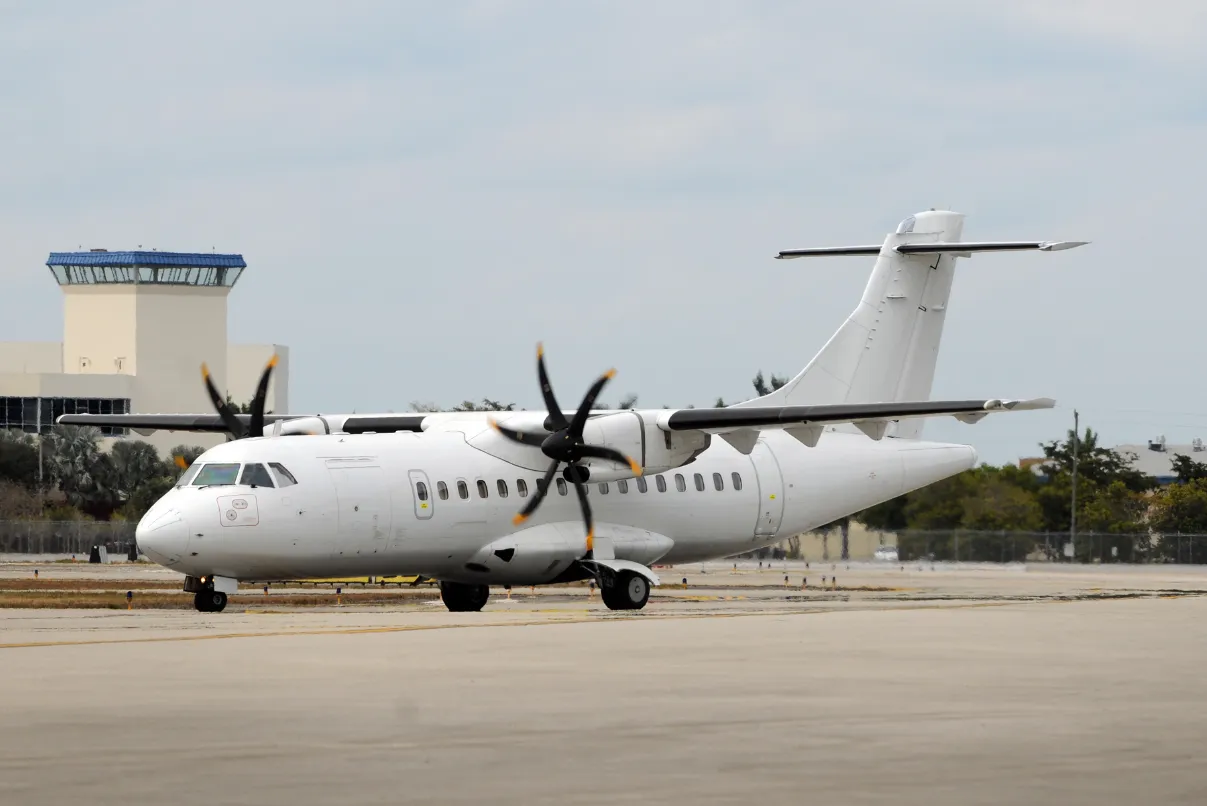
In a strategic effort to ease congestion and improve efficiency, Philippine's Manila’s Ninoy Aquino International Airport (NAIA) has announced plans to relocate all turboprop operations to Sangley Point International Airport (SPIA) in Cavite. This decision highlights the challenges posed by turboprop aircraft at NAIA, which is one of the world’s most overcrowded airports.
Latest Aviation News
Latest LIVT Lifestyle Blogs
Aviation News
Philippine’s Manila’s Ninoy Aquino International Airport (NAIA) to Relocate Turboprop Operations Due to Congestion
- PUBLISHED ON
- Philippine's Manila’s Ninoy Aquino International Airport (NAIA) will transfer all turboprop flights to Sangley Point International Airport (SPIA) to alleviate congestion and optimize runway capacity for larger jet aircraft.
- Turboprops, which are slower and less efficient for high-traffic hubs, will benefit from a dedicated facility at SPIA, allowing NAIA to reduce delays and focus on larger domestic and international routes.
- SPIA will enhance regional connectivity for turboprop flights, while the government strengthens transportation links between Manila and Sangley Point to maintain passenger convenience.s
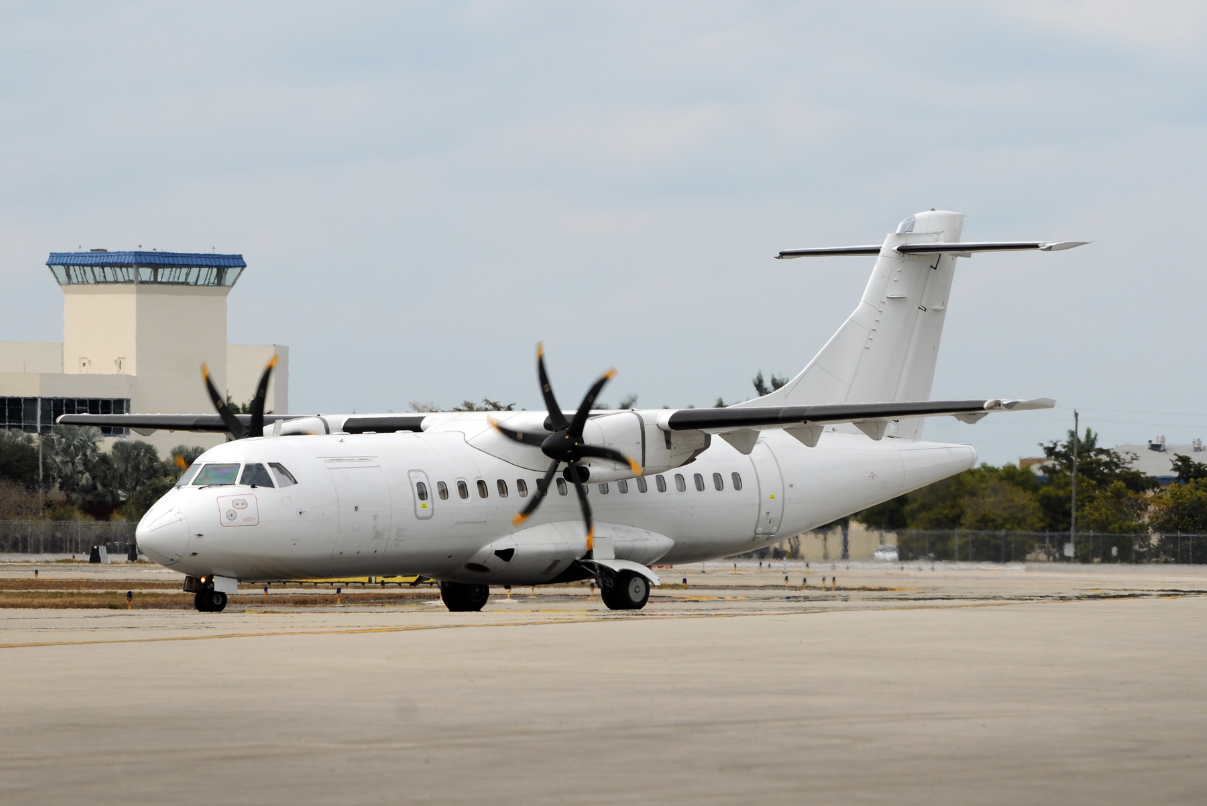
In a strategic effort to ease congestion and improve efficiency, Philippine's Manila’s Ninoy Aquino International Airport (NAIA) has announced plans to relocate all turboprop operations to Sangley Point International Airport (SPIA) in Cavite. This decision highlights the challenges posed by turboprop aircraft at NAIA, which is one of the world’s most overcrowded airports.
Latest Aviation News
Latest LIVT Lifestyle Blogs
Aviation News
Philippine’s Manila’s Ninoy Aquino International Airport (NAIA) to Relocate Turboprop Operations Due to Congestion
- PUBLISHED ON
- Philippine's Manila’s Ninoy Aquino International Airport (NAIA) will transfer all turboprop flights to Sangley Point International Airport (SPIA) to alleviate congestion and optimize runway capacity for larger jet aircraft.
- Turboprops, which are slower and less efficient for high-traffic hubs, will benefit from a dedicated facility at SPIA, allowing NAIA to reduce delays and focus on larger domestic and international routes.
- SPIA will enhance regional connectivity for turboprop flights, while the government strengthens transportation links between Manila and Sangley Point to maintain passenger convenience.s

In a strategic effort to ease congestion and improve efficiency, Philippine's Manila’s Ninoy Aquino International Airport (NAIA) has announced plans to relocate all turboprop operations to Sangley Point International Airport (SPIA) in Cavite. This decision highlights the challenges posed by turboprop aircraft at NAIA, which is one of the world’s most overcrowded airports.
Latest Aviation News
Latest Aviation News
- Private Aviation Membership Program LIVT, Customers Fly Direct to High-Altitude Destinations - April 15, 2025
- Private Aviation Membership Program LIVT, Customers Aimed to be Relieved by a Transparent Pricing Model - April 15, 2025
- Private Aviation Membership Program LIVT, Customers Aimed to Experience Unmatched Comfort - April 15, 2025




